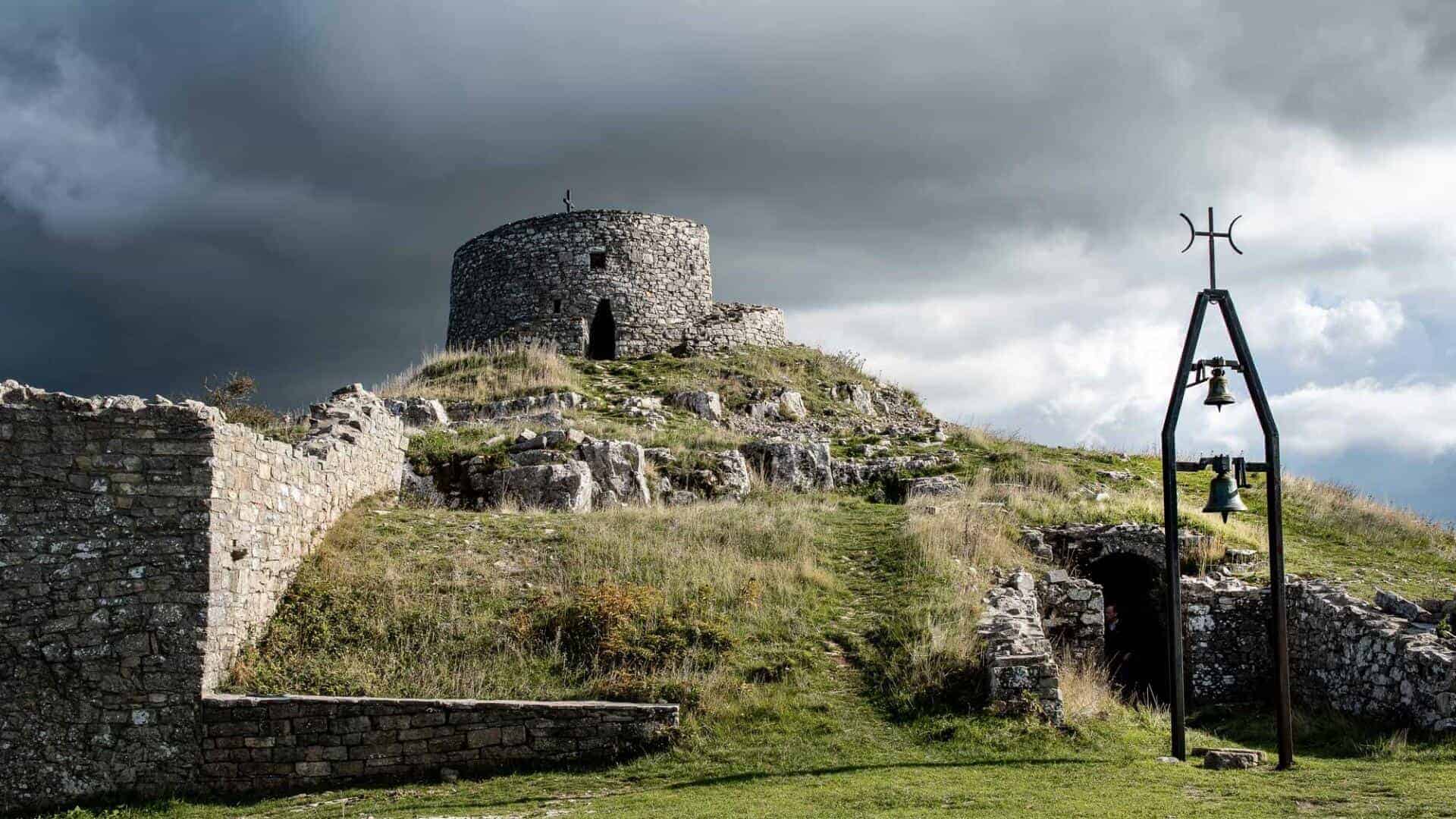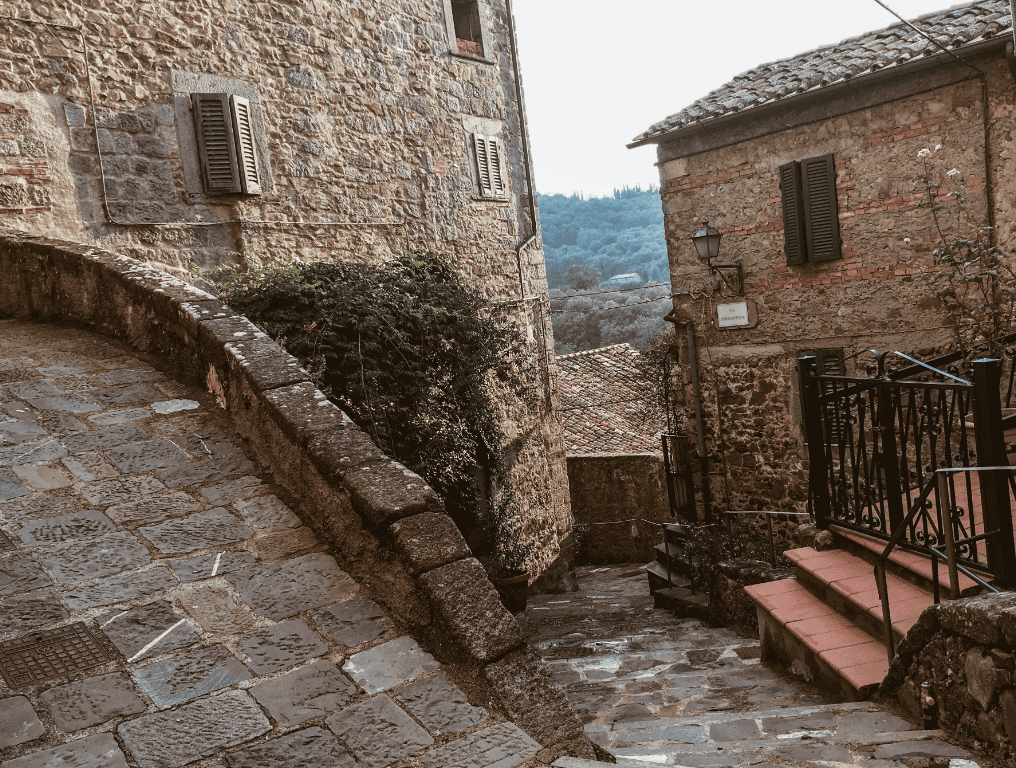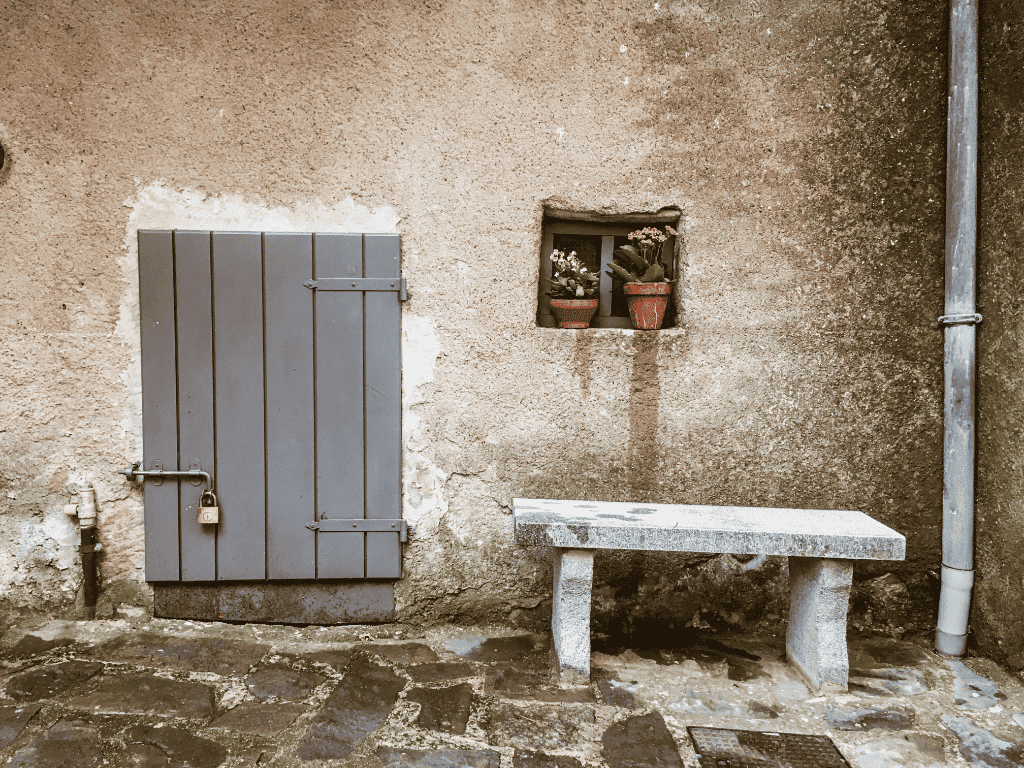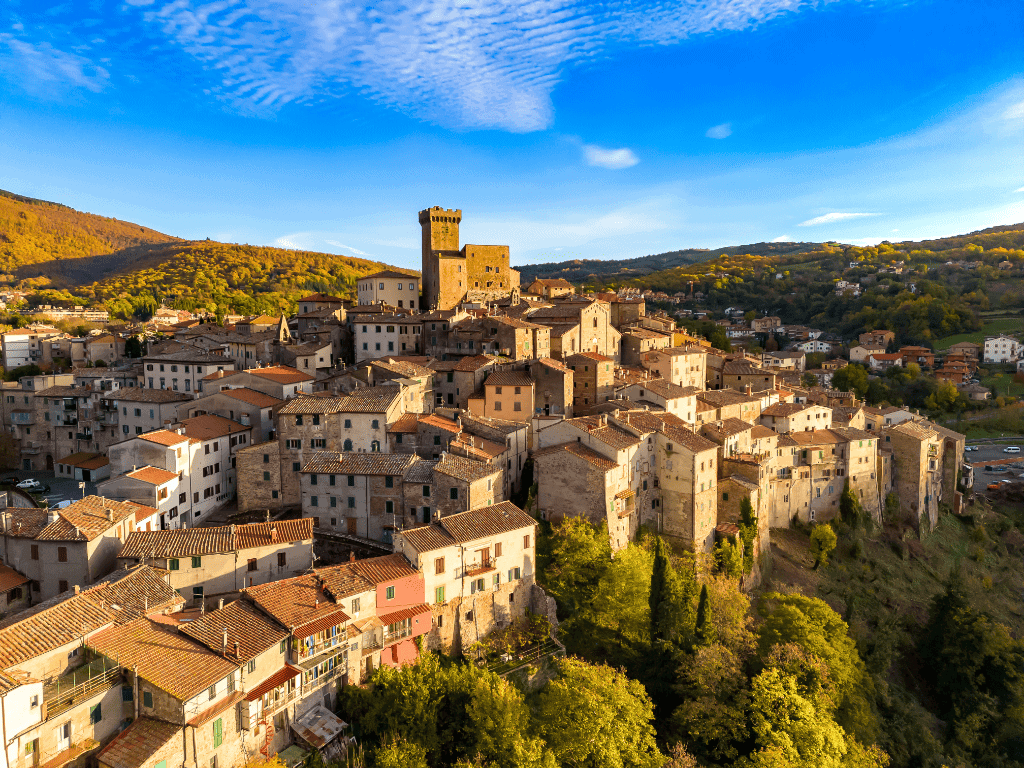Discover Arcidosso
Once you arrive, there are many things to see and do in Arcidosso. You can visit the Aldobrandesca Castle, which houses a museum complex dedicated to the Middle Ages, Eastern Arts and Cultures, and the Christ of Amiata. The town, with its numerous churches, offers an immense religious heritage. Arcidosso is situated on the slopes of Mount Amiata, and within its territory are the hamlets of Bagnoli, Montelaterone, Salaiola, San Lorenzo, Stribugliano, Zancona, and Macchie. Among the most environmentally and naturalistic interesting places, Arcidosso offers Monte Labbro and the Naturalistic Park of Mount Amiata. The castle belonged to the Aldobrandeschi Counts since 1080, although the site had already been fortified in the second half of the 10th century by Ugo di Tuscia, the Marquis of Tuscany on behalf of Emperor Otto I. The history of Arcidosso revolves around the fortunes of the Aldobrandeschi family and their downfall at the hands of the Republic of Siena, which conquered the castle in 1331 under Guidoriccio da Fogliano. Siena established one of its eleven Vicariates in Arcidosso, and after its defeat in 1559, the town was subjugated to the victors, the Medicis of Florence, who also established a Magistracy of Justice there. The tourist-cultural vocation has led Arcidosso to enhance the vast heritage of various eras, such as the 17th-century peasant-poet Giovan Domenico Pèri or the great religious and social reformer David Lazzaretti, whose story tragically ended in 1878.
On the hill overlooking the David Lazzaretti avenue, there is the Monument to the Fallen (1928), a small tuff shrine dedicated to the fallen of all wars. Following Corso Toscana from the 19th century, on the left, you reach the Porta di Castello, which leads to the path towards the Aldobrandesca Castle. Lower down, going down the staircase that runs alongside the parsonage, you will find the Church of San Niccolò (1144), bare inside but with two 17th-century tuff altars, a wooden crucifix, a polychrome statue of the Madonna of Sorrows, and a precious tuff holy water font. From the Porta dell’Orologio, you descend into the Terziere di Codaccio, encountering the Romanesque Church of San Leonardo (1188), built by the abbots of San Salvatore. It is interesting inside for its five majestic tuff altars and seventeenth-century paintings, including works by Vanni, Nasini, painters of the Florentine school, a seventeenth-century canvas of the Holy Sacrament by Neroni in the only carved wooden altar, a fifteenth-century panel of the Sienese school, and two wooden statues of San Processo and Sant’Andrea.
At the end of Via Talassese, against the walls, you will find the Church of Sant’Andrea (12th century). Inside, the sole tuff altar (1635) features a coeval paper mache crucifix and, on the left wall, a mural painting of the Virgin Enthroned with the Child. Continuing outside the historic center, you will reach the Sanctuary of the Madonna delle Grazie or Incoronata, preceded by an impressive staircase. The sanctuary showcases Renaissance columns, Baroque altars, fifteenth-century fresco traces of the Madonna della Carità, a valuable banner by Ventura Salimbeni with the Madonna della Neve and the Assumed Virgin, paintings by Giuseppe Nicola Nasini, and a fifteenth-century Sienese school panel.
Main Attractions
Some of the most prominent attractions include the Visitor Center of the Amiata Wildlife Park, the Museum of David Lazzaretti, the Medieval Museum, and the MACO – Museum of Eastern Art and Culture housed in the Castle. The Faunal Park and Merigar, one of the primary centers of the Dzogchen Community International (its name means “Residence of the Mountain of Fire”), are also open for tourism.
How to Get to Arcidosso
To reach Arcidosso, you can take the A1 motorway and exit at Chiusi-Chianciano Terme. Then, follow the SS2 Cassia road towards Siena until you reach Paganico. Finally, take the SP160 road towards Monte Amiata. Alternatively, you can take a train to Grosseto and then a bus to Arcidosso.





